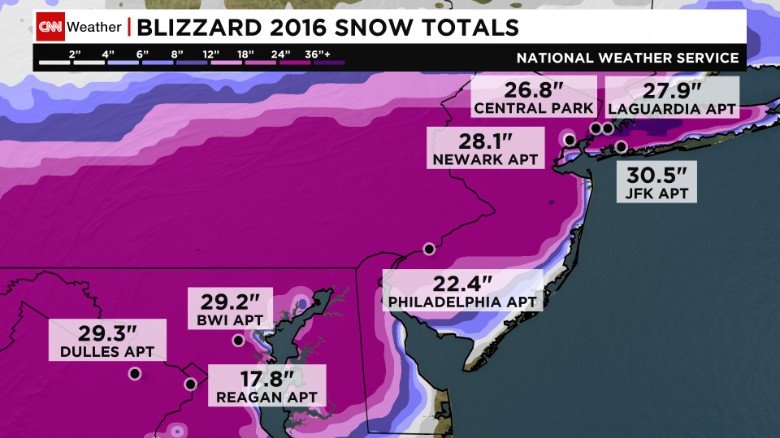

The second major winter storm in less than two weeks walloped the region with blizzard conditions, blasting ridgelines with gusts topping 100 mph. "It's been a great start to the season up in the Sierra," said Scott McGuire, an NWS meteorologist in Reno.

While the east will be treated to a reprieve from record-breaking warmth, the agency added that “temperatures will be below average in the west for the foreseeable future”.This weekend's powerful winter storm in the Sierra Nevada blanketed the Lake Tahoe basin in up to 5 feet of snow, with total snowfall so far this season at 321% of average, the National Weather Service reported on Monday. “Previously saturated soils and urban areas will be particularly susceptible to flash flooding,” the NWS warned. The southern plains, meanwhile, are bracing for more severe thunderstorms, the possibility of strong tornadoes, and destructive winds. The weather service said Flagstaff received nearly 33in of snow in February, just shy of double the city’s annual average of 18.6in for the month, and has already received 118in of snow this year, topping the annual average of 90.1in, with 10 months of the year remaining.ĭespite the icy conditions to the north, dry and windy weather prompted the NWS to warn of critical risks of fire weather in parts of New Mexico and Texas through the end of the week. In Arizona, snow began falling on Wednesday morning from a storm that was expected to dump 18in to 2ft of snow in northern areas of the state by Thursday morning, the weather service said. Snow blankets Yosemite national park in California on 23 February.

The weather service predicted that a powerful weather system would affect most of the lower 48 states into Thursday, with heavy snow across the south-west and some portions of the high plains, but also record high temperatures in the Gulf coast into the Ohio Valley and a threat of tornadoes from the southern plains to the mid-south. One person died of hypothermia on Tuesday, according to a medical examiner. The snow comes a week after storms stretched from the Pacific coast to the northern Plains and is now blamed for two deaths in Portland, Oregon. Homeless people and those without electricity were at special risk from the cold, the weather service said. Visitors to mountains in southern California were stranded for days and thousands of homes and businesses were in the cold without electricity as the storm also dumped rain. In southern California, snow and ice forced closure of Interstate 5 in Tejon Pass through mountains north of Los Angeles. But as the skies cleared to the north, dangerous conditions persisted, including a bitter chill and widespread freezing.Ī snow plow works its way down a snow-filled road in South Lake Tahoe, California. Parts of California did get a short reprieve of sunshine on Wednesday morning. The Lake Tahoe area that straddles the California and Nevada borders in the Sierra Nevada was expected to have blizzard conditions with winds gusting up to 100mph along the ridgetops, while the lake itself could see waves large enough to capsize small boats, the weather service warned, cautioning that those risking travel “could become stranded in vehicles for hours”. The deep snow and blustery winds have also contributed to considerable avalanche risks in central Sierra Nevada as officials warned travelers against braving the perilous conditions.
Over the course of the last three days a whopping 87.2in fell on the lab housed near Donner Pass and totals for the season have reached above 531in – more than 44ft – an amount second only to the record of 66.7ft (20.3 meters) set in 1952. “We will have calm conditions over the next few days but snow returns Saturday,” researchers with University of California Berkeley’s Central Sierra Snow Lab tweeted on Wednesday morning, noting that levels had reached 205% of average to-date. Photograph: Anadolu Agency/Getty ImagesĪnd the storms are not letting up. Horsetail Falls was closed due to rockfall as snow blanketed Yosemite national park in California on 23 February.


 0 kommentar(er)
0 kommentar(er)
